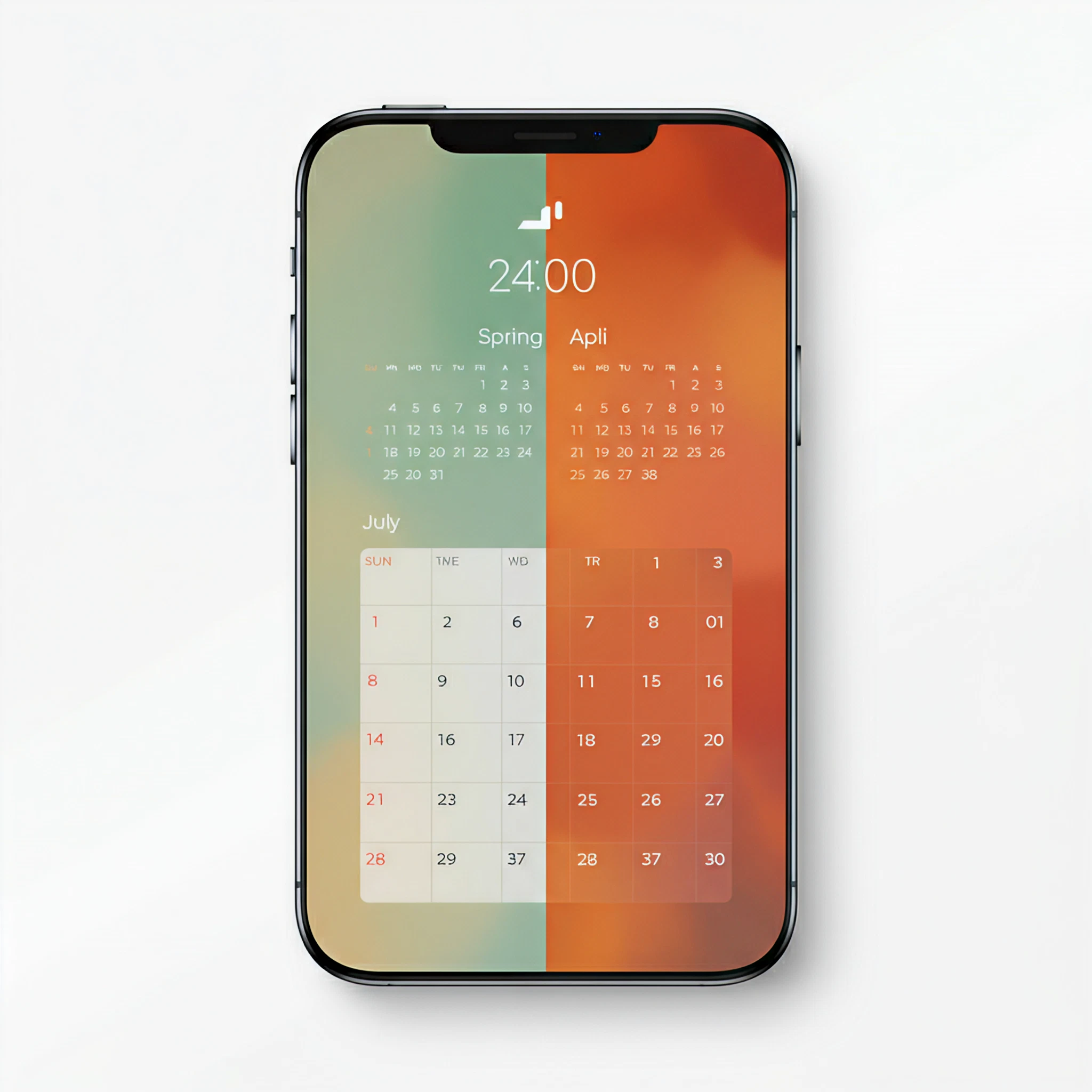Is Apple gearing up to change how it releases iPhones? According to a recent report from The Information, Apple is considering a major shift in its iPhone launch strategy, starting with the iPhone 18 series in 2026. This potential move has piqued the interest of tech enthusiasts and the wider market alike.
For over a decade, Apple has adhered to an annual September/October launch schedule to unveil its latest lineup of iPhones, creating a sense of anticipation that has become a hallmark of the company’s approach. But as the tech giant continues to diversify its offerings, a new staggered release schedule may soon redefine this tradition.
Why Is Apple Considering a Staggered Release Schedule?
Apple is reportedly planning to split the release of its iPhones into two distinct windows each year. If the reports hold true, the Pro models (iPhone 18 Pro and Pro Max, and potentially a foldable iPhone) will debut in the fall, maintaining their current release cycle. Meanwhile, the standard models (iPhone 18, 18 Slim, and 18e) would launch later in the spring.
Potential Reasons Behind the Change
- Better Market Coverage
By splitting its releases, Apple can generate buzz throughout the year, rather than relying solely on one major fall reveal. This could help sustain consumer interest in the iPhone lineup and create consistent sales momentum over time.
- Supply Chain Management
With multiple releases spread out, Apple might ease the strain on its supply chain. By staggering the production of standard and Pro models, suppliers can allocate resources more efficiently and reduce bottlenecks in delivery.
- Room for New Products
The rumored foldable iPhone could play a role in this decision. A staggered schedule may allow Apple more flexibility to incorporate innovative devices like foldables into its lineup without overshadowing other product launches.
- Adapting to Market Trends
Apple’s ability to experiment with staggered launches is not completely unprecedented. The company has already done this with iPhone SE models, which have generally been introduced in the spring. Its recent addition of the iPhone 16e, released in February, demonstrates Apple’s willingness to break from tradition.
The Benefits for Business and Consumers
For Apple
- Stronger Revenue Streams: Staggered releases could prevent the sales slowdown typically experienced in months preceding new launches.
- Continuous Engagement: Apple will have a recurring spotlight across two major periods, capturing more media and consumer attention.
For Consumers
- Smoother Purchase Decisions: With separate release windows, users may have more time to decide between standard and Pro models without feeling rushed.
- More Options Year-Round: If new devices are introduced more frequently, customers won’t need to wait an entire year for the next iPhone refresh.
Possible Drawbacks
While the concept is intriguing, there are also some downsides to consider.
- Higher Development Costs: Splitting its release schedule could raise Apple’s R&D and production costs.
- Sales Cannibalization: Staggering releases risks one lineup eating into the sales of the other, especially if customers delay purchases to wait for the “better” model.
- Logistics Complexity: Launching products at different times may complicate Apple’s marketing campaigns and distribution efforts.
The Bigger Market Impact
Apple’s potential change is bound to influence the broader smartphone industry. Rival manufacturers may feel pressured to follow this strategy to maintain competitiveness. It could also reshape the sales cycle for associated products, such as accessories and carrier bundles, which traditionally align with Apple’s annual fall launches.
For investors, the move signals Apple’s adaptability, reinforcing its position as a market leader. It’s a bold strategy to maintain relevance in a saturated smartphone market while exploring untapped opportunities, such as foldable devices.
A Nod to History
This isn’t the first time Apple has adjusted its release approach. The introduction of models like the iPhone SE and 16e demonstrated how Apple could successfully deviate from its September-centric schedule to cater to different audience segments. By building on these past experiments, a staggered schedule could soon become the new normal.
What Does This Mean for You?
For iPhone enthusiasts, this shift could mean even more opportunities to explore Apple’s range of devices without feeling overwhelmed by a singular launch. Whether you’re a fan of the Pro lineup or prefer the standard models, you’ll likely enjoy a more focused buying experience tailored to your needs.
For now, the iPhone 17 launch remains on track for its traditional September window. But come 2026, Apple’s release strategy might look entirely different.
Are you excited to see how this might impact the way you shop for iPhones? Share your thoughts in the comments below!








